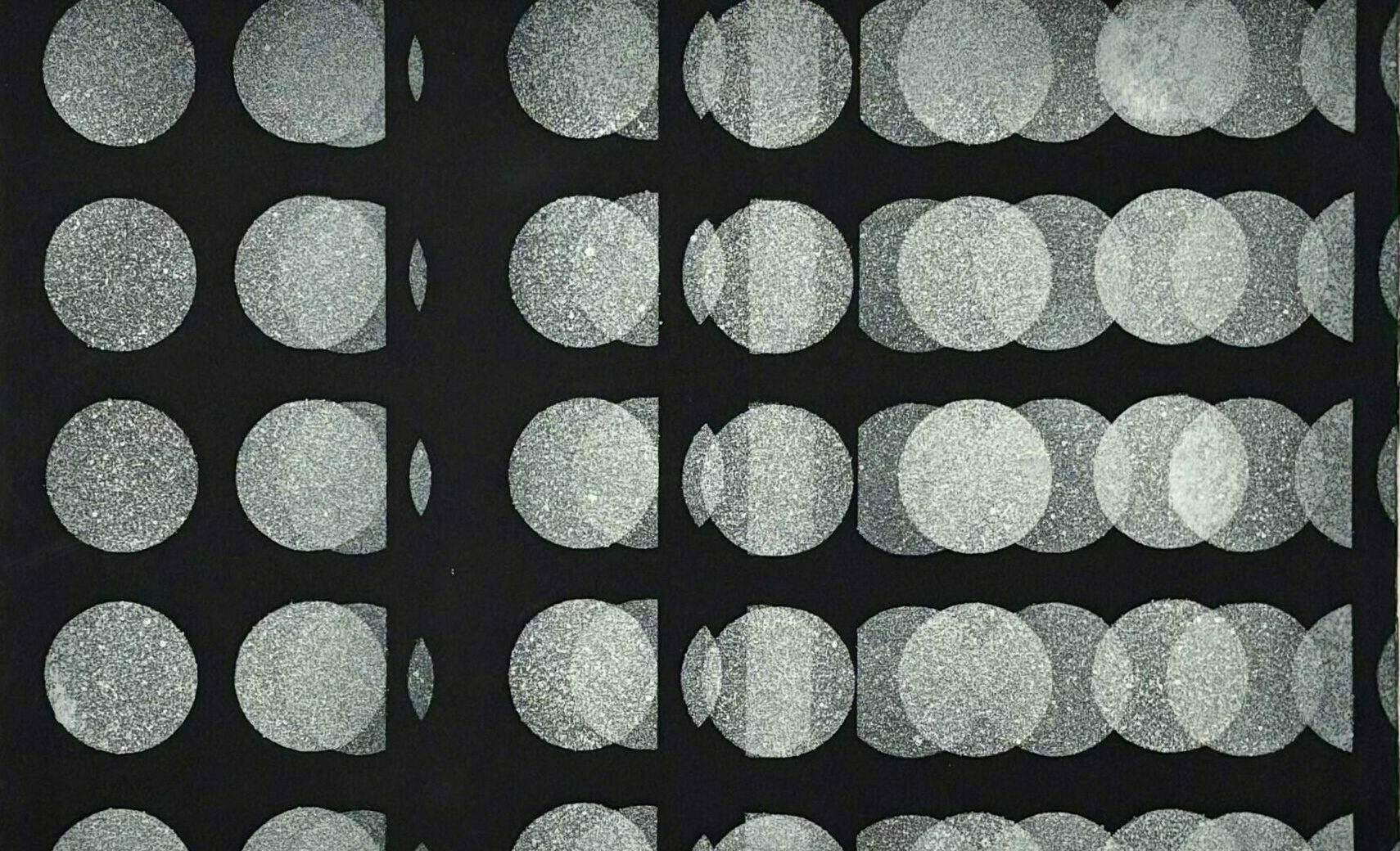Nanda Vigo
Born in Milan in 1936, Nanda Vigo was a key figure of the postwar Italian avant-garde, whose multidisciplinary practice bridged art, architecture, and design.
Trained in Lausanne and San Francisco, Vigo opened her Milan studio in 1959, the same year she began frequenting Lucio Fontana’s studio and connected with Piero Manzoni, Enrico Castellani, and the artists of the Azimut and ZERO circles. Her early series Cronotopia (1962–) introduced a new language of luminous, reflective environments, dissolving the boundaries between object, viewer, and space.
A catalyst within the ZERO network, Vigo played a key curatorial role—most notably organizing the 1965 ZERO Avantgarde exhibition in Fontana’s studio—and participated in major ZERO and NUL exhibitions across Europe and the U.S. Working fluidly across disciplines, she collaborated with Giò Ponti on the Casa sotto la foglia (1965–68), designed luminous furniture, and in 1971 received the New York Award for Industrial Design.
Vigo’s practice, shaped by her engagement with architecture, optical experimentation, and immersive environments, continues to resonate today. Her work has been presented at the Venice Biennale, the Solomon R. Guggenheim Museum in New York, the Martin-Gropius-Bau in Berlin, and the Triennale di Milano, and features in the collections of the Museo del Novecento, Centre Pompidou, and Vitra Design Museum.

